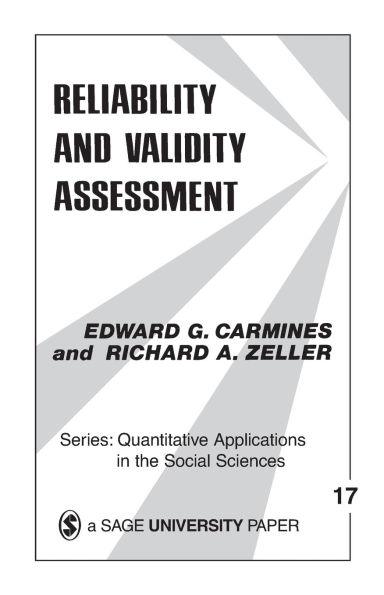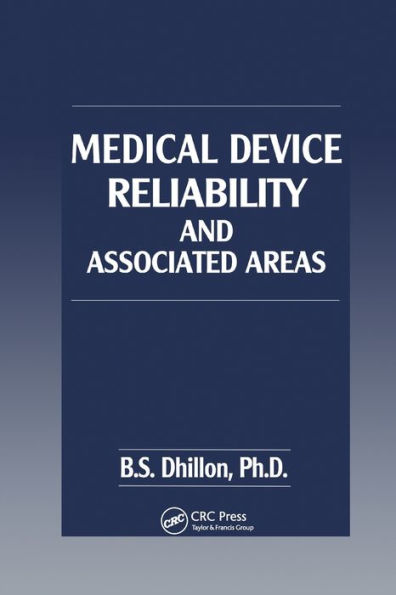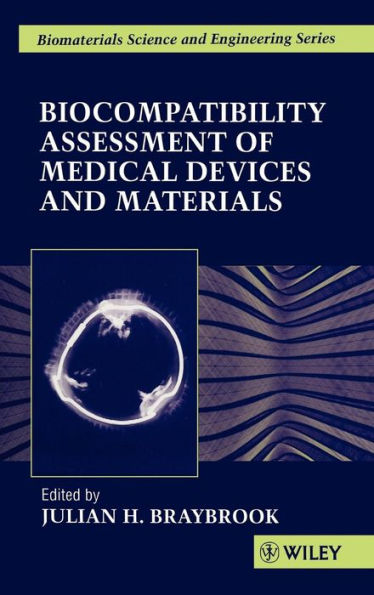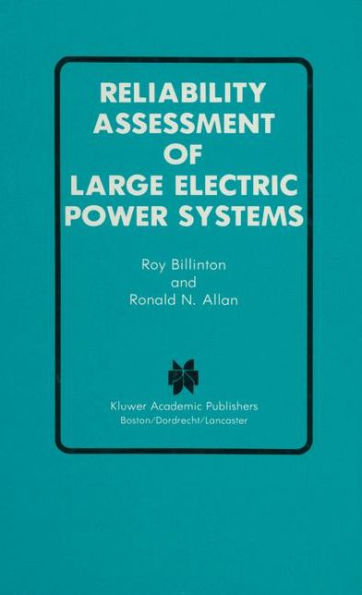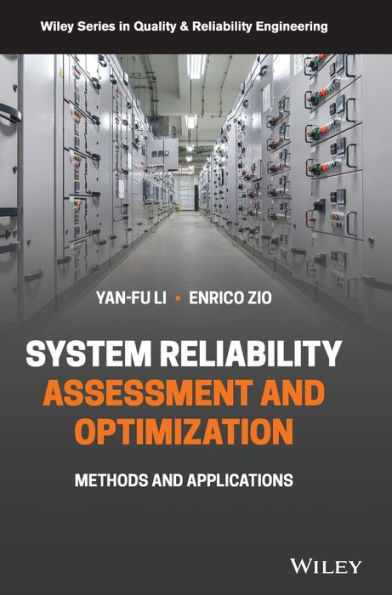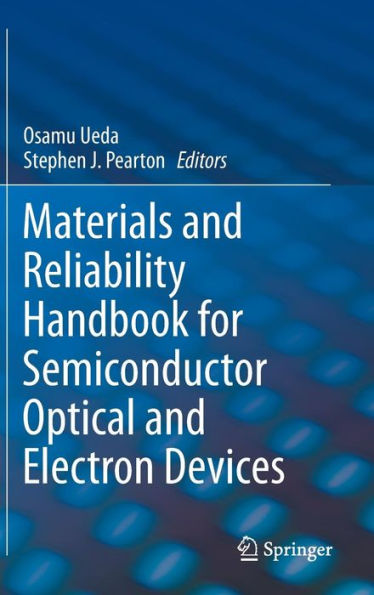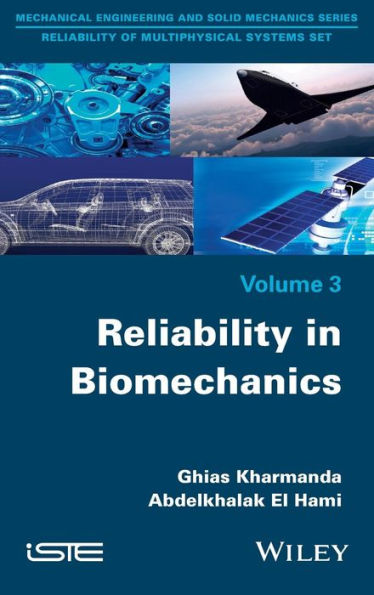Home
Estimating Device Reliability:: Assessment of Credibility / Edition 1
Barnes and Noble
Loading Inventory...
Estimating Device Reliability:: Assessment of Credibility / Edition 1 in Franklin, TN
Current price: $169.99

Barnes and Noble
Estimating Device Reliability:: Assessment of Credibility / Edition 1 in Franklin, TN
Current price: $169.99
Loading Inventory...
Size: OS
Estimating Device Reliability: Assessment of Credibility is concerned with the plausibility of reliability estimates obtained from statistical models. Statistical predictions are necessary because technology is always pushing into unexplored areas faster than devices can be made long-lived by design. Flawed reliability methodologies can produce disastrous results, an outstanding example of which is the catastrophic failure of the manned space shuttle CHALLENGER in January 1986. This issue is not whether, but which, statistical models should be used. The issue is not making reliability estimates, but is instead their credibility. The credibility questions explored in the context of practical applications include:
• What does the confidence level associated with the use of statistical model mean?
• Is the numerical result associated with a high confidence level beyond dispute?
• When is it appropriate to use the exponential (constant hazard rate) model? Does this model always provide the most conservative reliability estimate?
• Are the results of traditional ‘random' failure hazard rate calculations tenable? Are there persuasive alternatives?
• What model should be used to describe the useful life of a device when wearout is absent?
• When Weibull and lognormal failure plots containing a large number of failure times appear similar, how should the correct wearout model be selected?
• Is it important to distinguish between a conservative upper bound on a probability of failure and a realistic estimate of the same probability?
Estimating Device Reliability: Assessment of Credibility is for those who are obliged to make reliability calculations with a paucity of somewhat corrupt data, by using inexact models, and by making physical assumptions which are impractical to verify. Illustrative examples deal with a variety of electronic devices, ICsand lasers.
• What does the confidence level associated with the use of statistical model mean?
• Is the numerical result associated with a high confidence level beyond dispute?
• When is it appropriate to use the exponential (constant hazard rate) model? Does this model always provide the most conservative reliability estimate?
• Are the results of traditional ‘random' failure hazard rate calculations tenable? Are there persuasive alternatives?
• What model should be used to describe the useful life of a device when wearout is absent?
• When Weibull and lognormal failure plots containing a large number of failure times appear similar, how should the correct wearout model be selected?
• Is it important to distinguish between a conservative upper bound on a probability of failure and a realistic estimate of the same probability?
Estimating Device Reliability: Assessment of Credibility is for those who are obliged to make reliability calculations with a paucity of somewhat corrupt data, by using inexact models, and by making physical assumptions which are impractical to verify. Illustrative examples deal with a variety of electronic devices, ICsand lasers.
Estimating Device Reliability: Assessment of Credibility is concerned with the plausibility of reliability estimates obtained from statistical models. Statistical predictions are necessary because technology is always pushing into unexplored areas faster than devices can be made long-lived by design. Flawed reliability methodologies can produce disastrous results, an outstanding example of which is the catastrophic failure of the manned space shuttle CHALLENGER in January 1986. This issue is not whether, but which, statistical models should be used. The issue is not making reliability estimates, but is instead their credibility. The credibility questions explored in the context of practical applications include:
• What does the confidence level associated with the use of statistical model mean?
• Is the numerical result associated with a high confidence level beyond dispute?
• When is it appropriate to use the exponential (constant hazard rate) model? Does this model always provide the most conservative reliability estimate?
• Are the results of traditional ‘random' failure hazard rate calculations tenable? Are there persuasive alternatives?
• What model should be used to describe the useful life of a device when wearout is absent?
• When Weibull and lognormal failure plots containing a large number of failure times appear similar, how should the correct wearout model be selected?
• Is it important to distinguish between a conservative upper bound on a probability of failure and a realistic estimate of the same probability?
Estimating Device Reliability: Assessment of Credibility is for those who are obliged to make reliability calculations with a paucity of somewhat corrupt data, by using inexact models, and by making physical assumptions which are impractical to verify. Illustrative examples deal with a variety of electronic devices, ICsand lasers.
• What does the confidence level associated with the use of statistical model mean?
• Is the numerical result associated with a high confidence level beyond dispute?
• When is it appropriate to use the exponential (constant hazard rate) model? Does this model always provide the most conservative reliability estimate?
• Are the results of traditional ‘random' failure hazard rate calculations tenable? Are there persuasive alternatives?
• What model should be used to describe the useful life of a device when wearout is absent?
• When Weibull and lognormal failure plots containing a large number of failure times appear similar, how should the correct wearout model be selected?
• Is it important to distinguish between a conservative upper bound on a probability of failure and a realistic estimate of the same probability?
Estimating Device Reliability: Assessment of Credibility is for those who are obliged to make reliability calculations with a paucity of somewhat corrupt data, by using inexact models, and by making physical assumptions which are impractical to verify. Illustrative examples deal with a variety of electronic devices, ICsand lasers.
